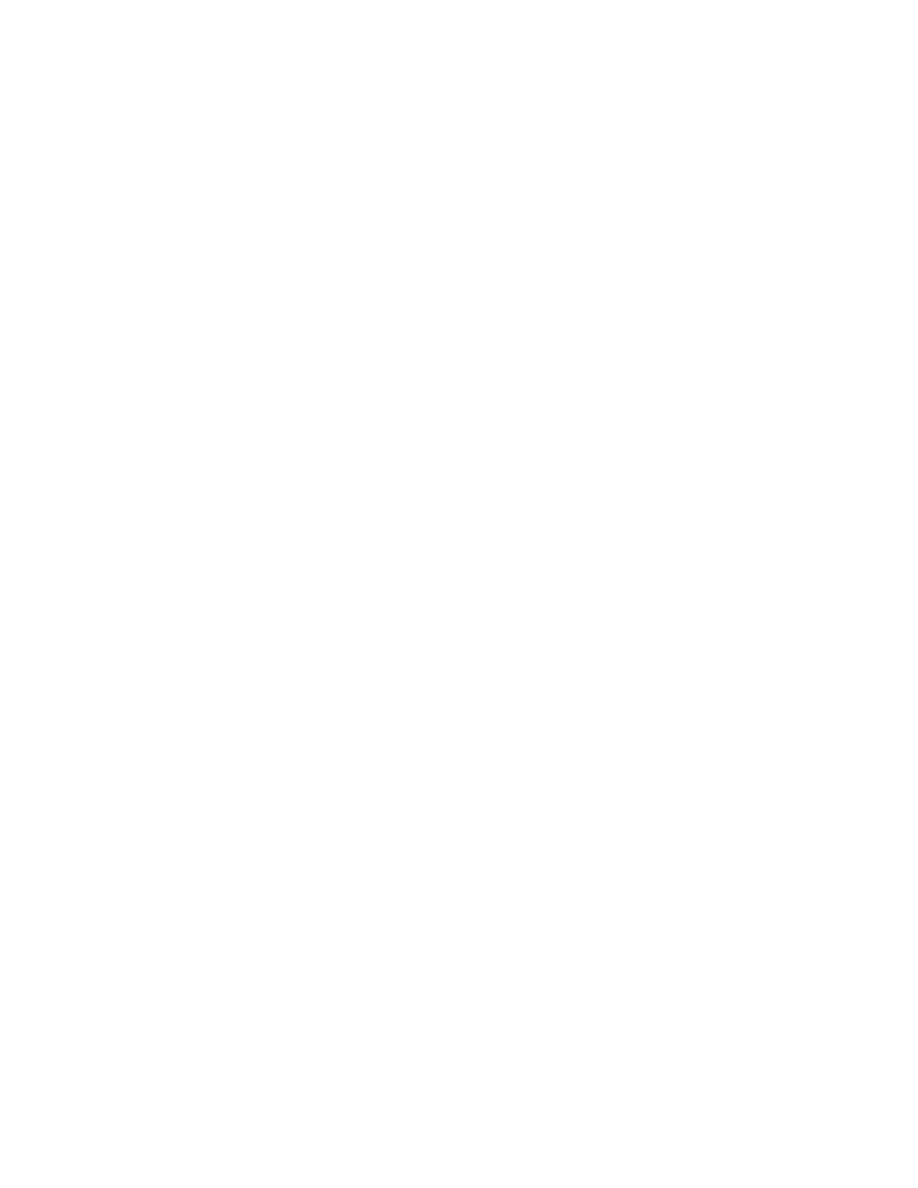
634
14 CFR Ch. I (1–1–19 Edition)
§ 142.57
the month is which it was due for the
purpose of computing when the next
training is due.
(c) The Administrator may give cred-
it for the requirements of paragraph
(a)(3) of this section to an evaluator
who has satisfactorily completed an
evaluator training course for a part 121
or part 135 certificate holder if the Ad-
ministrator finds such a course equiva-
lent to the requirements of paragraph
(a)(3) of this section.
(d) An evaluator who is qualified
under subpart Y of part 121 of this
chapter shall be authorized to conduct
evaluations under the Advanced Quali-
fication Program without complying
with the requirements of this section.
[Doc. No. 26933, 61 FR 34562, July 2, 1996, as
amended by Amdt. 142–9, 78 FR 42380, July 15,
2013]
§ 142.57
Aircraft requirements.
(a) An applicant for, or holder of, a
training center certificate must ensure
that each aircraft used for flight in-
struction and solo flights meets the
following requirements:
(1) Except for flight instruction and
solo flights in a curriculum for agricul-
tural aircraft operations, external load
operations, and similar aerial work op-
erations, the aircraft must have an
FAA standard airworthiness certificate
or a foreign equivalent of an FAA
standard airworthiness certificate, ac-
ceptable to the Administrator.
(2) The aircraft must be maintained
and inspected in accordance with—
(i) The requirements of part 91, sub-
part E, of this chapter; and
(ii) An approved program for mainte-
nance and inspection.
(3) The aircraft must be equipped as
provided in the training specifications
for the approved course for which it is
used.
(b) Except as provided in paragraph
(c) of this section, an applicant for, or
holder of, a training center certificate
must ensure that each aircraft used for
flight instruction is at least a two-
place aircraft with engine power con-
trols and flight controls that are easily
reached and that operate in a conven-
tional manner from both pilot stations.
(c) Airplanes with controls such as
nose-wheel steering, switches, fuel se-
lectors, and engine air flow controls
that are not easily reached and oper-
ated in a conventional manner by both
pilots may be used for flight instruc-
tion if the certificate holder deter-
mines that the flight instruction can
be conducted in a safe manner consid-
ering the location of controls and their
nonconventional operation, or both.
§ 142.59
Flight simulators and flight
training devices.
(a) An applicant for, or holder of, a
training center certificate must show
that each flight simulator and flight
training device used for training, test-
ing, and checking (except AQP) will be
or is specifically qualified and ap-
proved by the Administrator for—
(1) Each maneuver and procedure for
the make, model, and series of aircraft,
set of aircraft, or aircraft type simu-
lated, as applicable; and
(2) Each curriculum or training
course in which the flight simulator or
flight training device is used, if that
curriculum or course is used to satisfy
any requirement of 14 CFR chapter I.
(b) The approval required by para-
graph (a)(2) of this section must in-
clude—
(1) The set of aircraft, or type air-
craft;
(2) If applicable, the particular vari-
ation within type, for which the train-
ing, testing, or checking is being con-
ducted; and
(3) The particular maneuver, proce-
dure, or crewmember function to be
performed.
(c) Each qualified and approved flight
simulator or flight training device used
by a training center must—
(1) Be maintained to ensure the reli-
ability of the performances, functions,
and all other characteristics that were
required for qualification;
(2) Be modified to conform with any
modification to the aircraft being sim-
ulated if the modification results in
changes to performance, function, or
other characteristics required for qual-
ification;
(3) Be given a functional preflight
check each day before being used; and
(4) Have a discrepancy log in which
the instructor or evaluator, at the end
of each training session, enters each
discrepancy.
VerDate Sep<11>2014
08:20 May 17, 2019
Jkt 247048
PO 00000
Frm 00644
Fmt 8010
Sfmt 8010
Y:\SGML\247048.XXX
247048